Hospitality Management Presentation: Cost, Pricing, Stock, Cash & Tax
VerifiedAdded on 2021/04/21
|18
|978
|52
Presentation
AI Summary
This presentation provides a comprehensive overview of essential topics in hospitality management. It begins by defining cost and its various categorizations, including fixed, variable, direct, indirect, relevant, and sunk costs. The presentation then delves into pricing mechanisms, differentiating between fixed and variable pricing strategies and discussing factors such as feature-dependent, customer segment-dependent, and volume-dependent pricing. Furthermore, it explores methods for controlling stock, such as just-in-time approaches, reorder lead times, and economic order quantity. Cash control methods, including establishing cash handling policies, accountability forms, and credit and collection policies, are also examined. Finally, the presentation addresses different methods of taxation relevant to the hospitality industry, such as income tax, consumption tax, and corporation tax. The content aims to equip individuals with the knowledge to work efficiently and effectively in the organization and make better decisions in the future.
1 out of 18

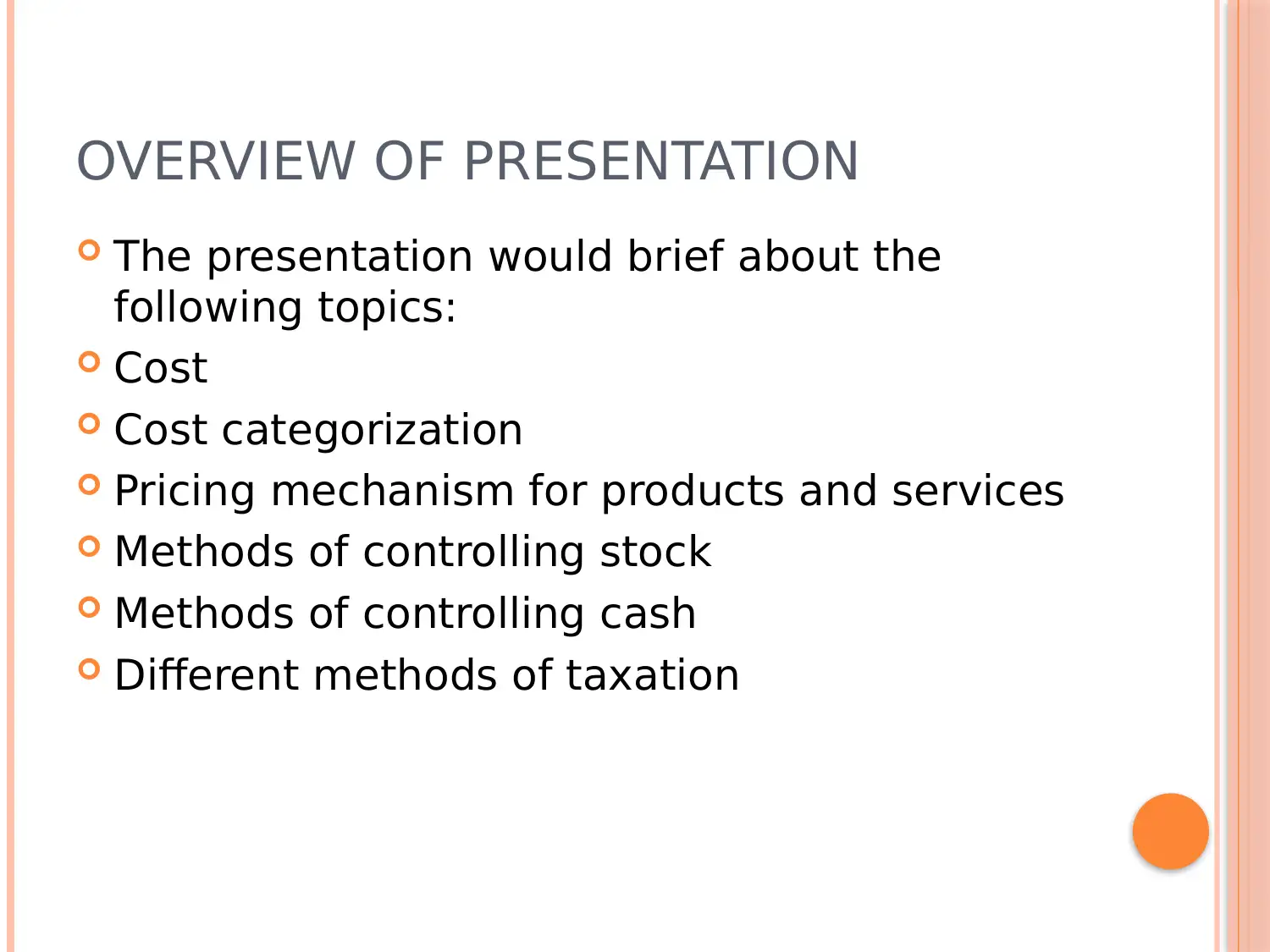
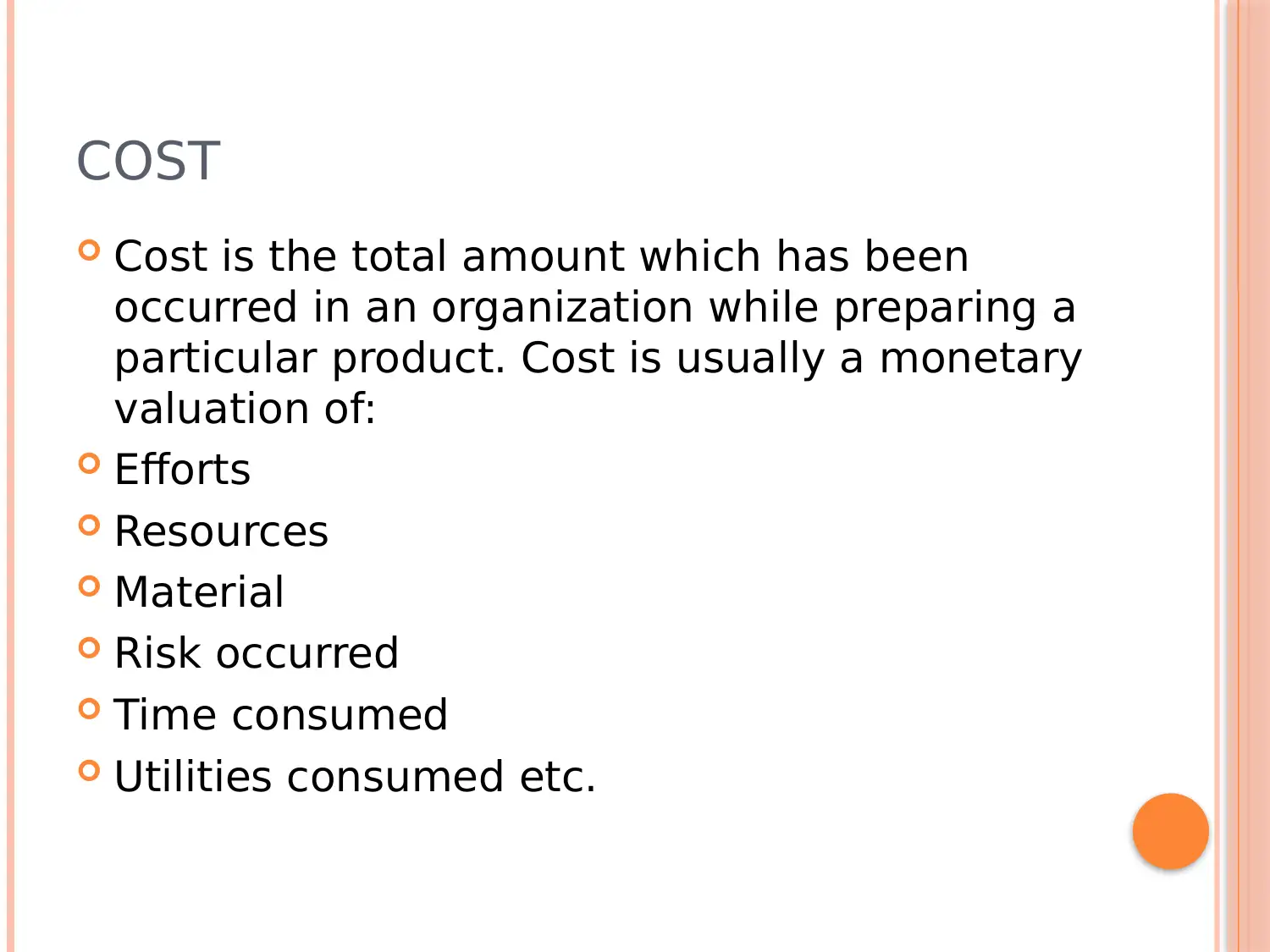

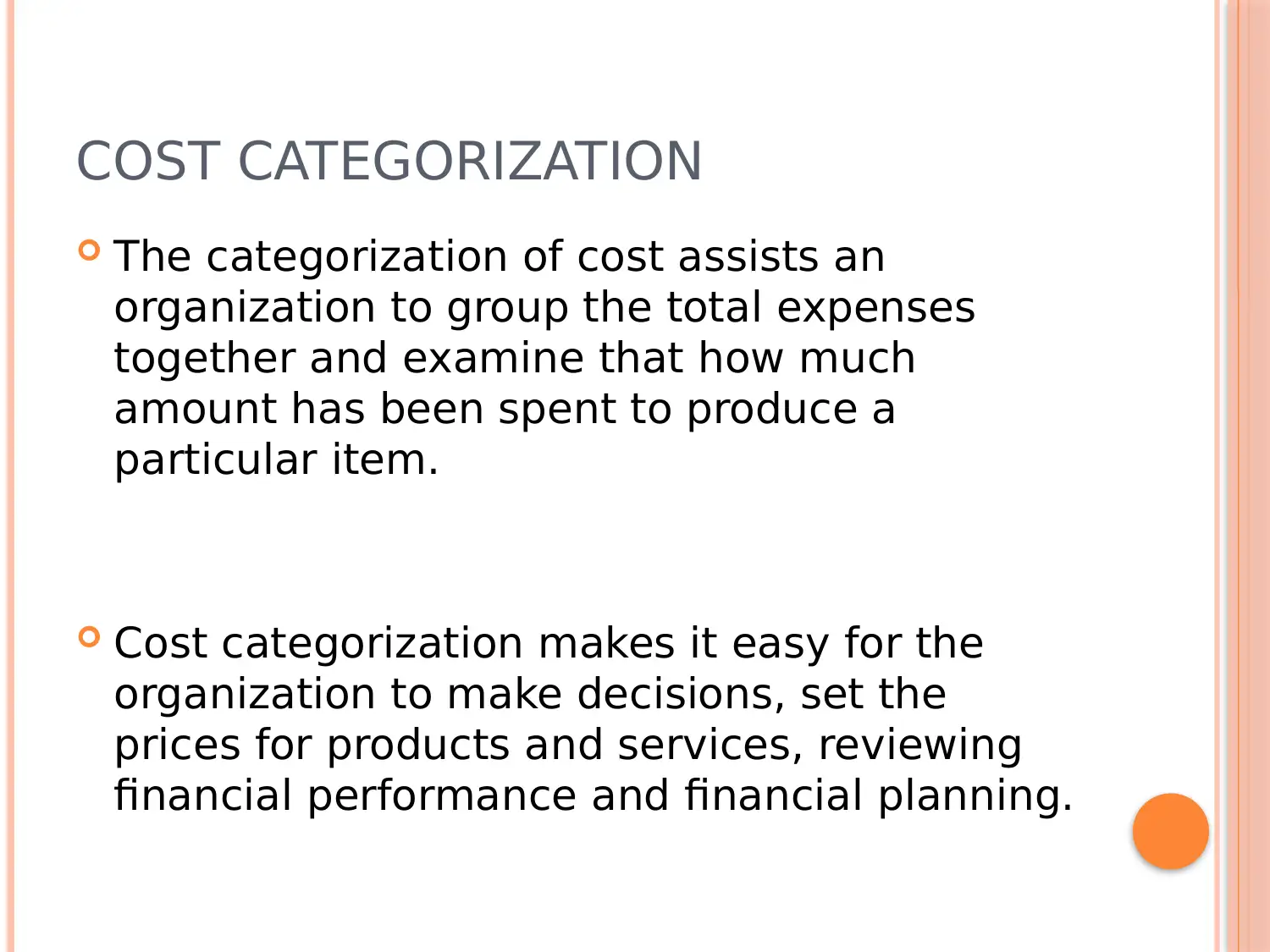
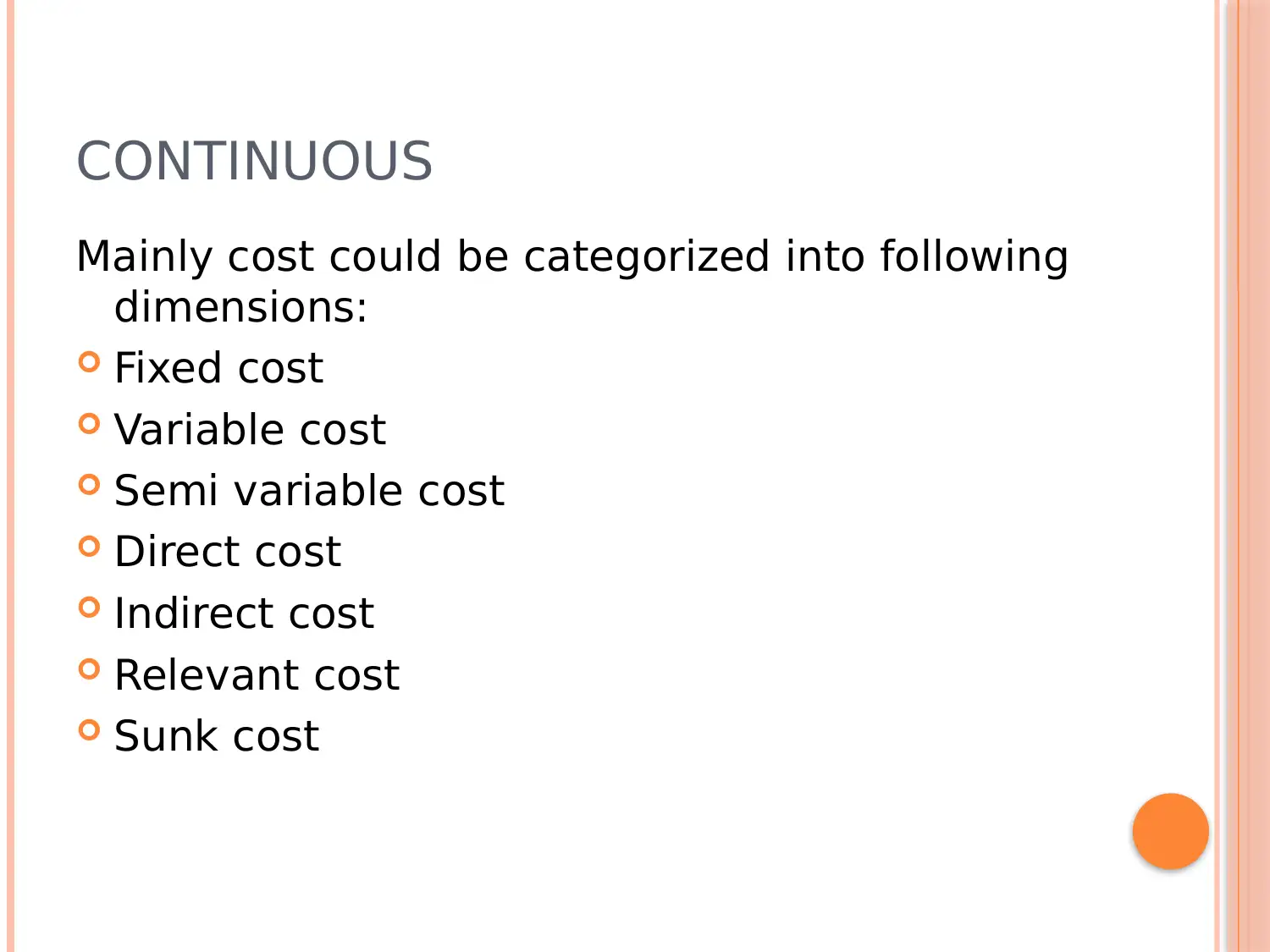
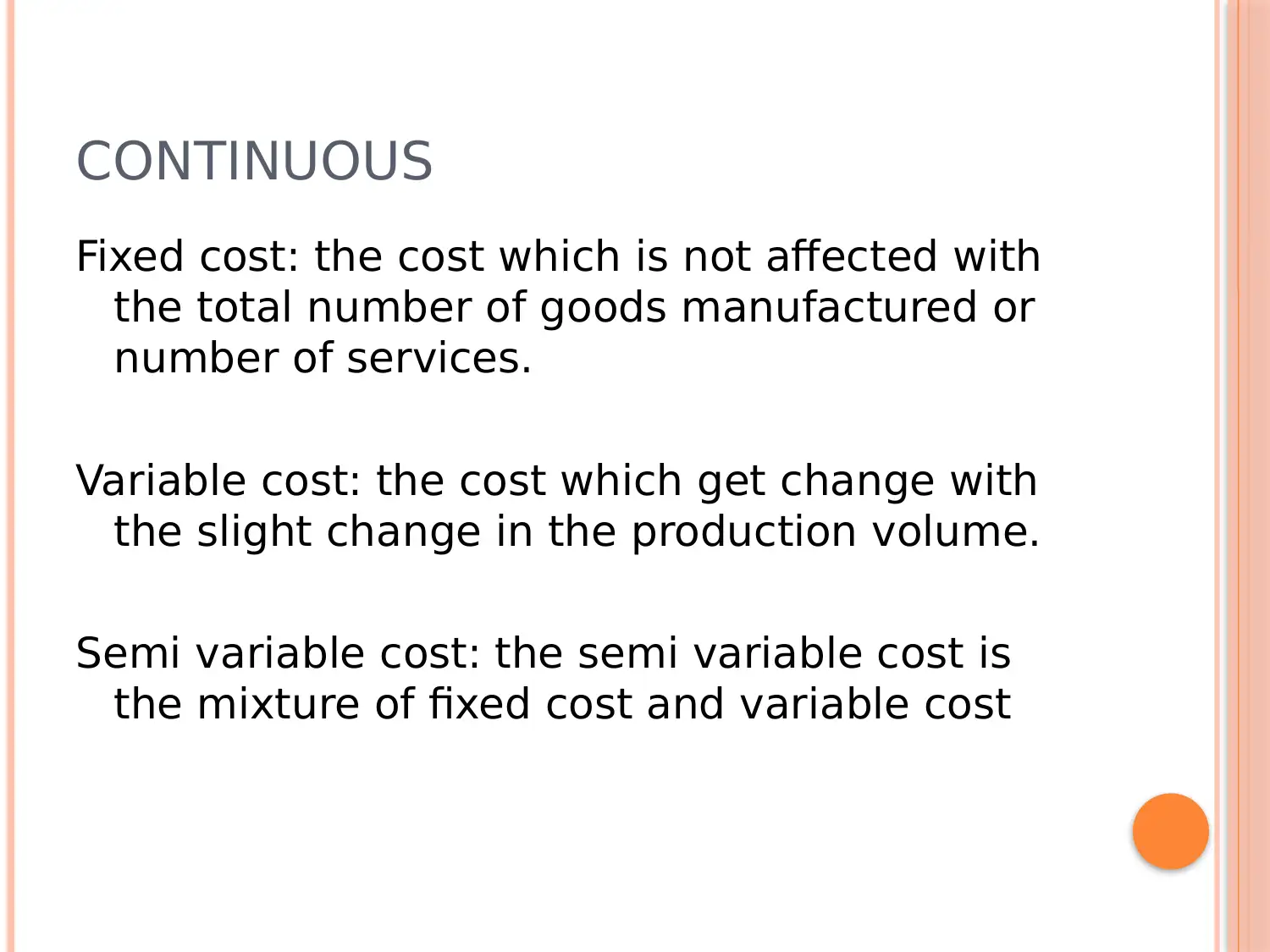
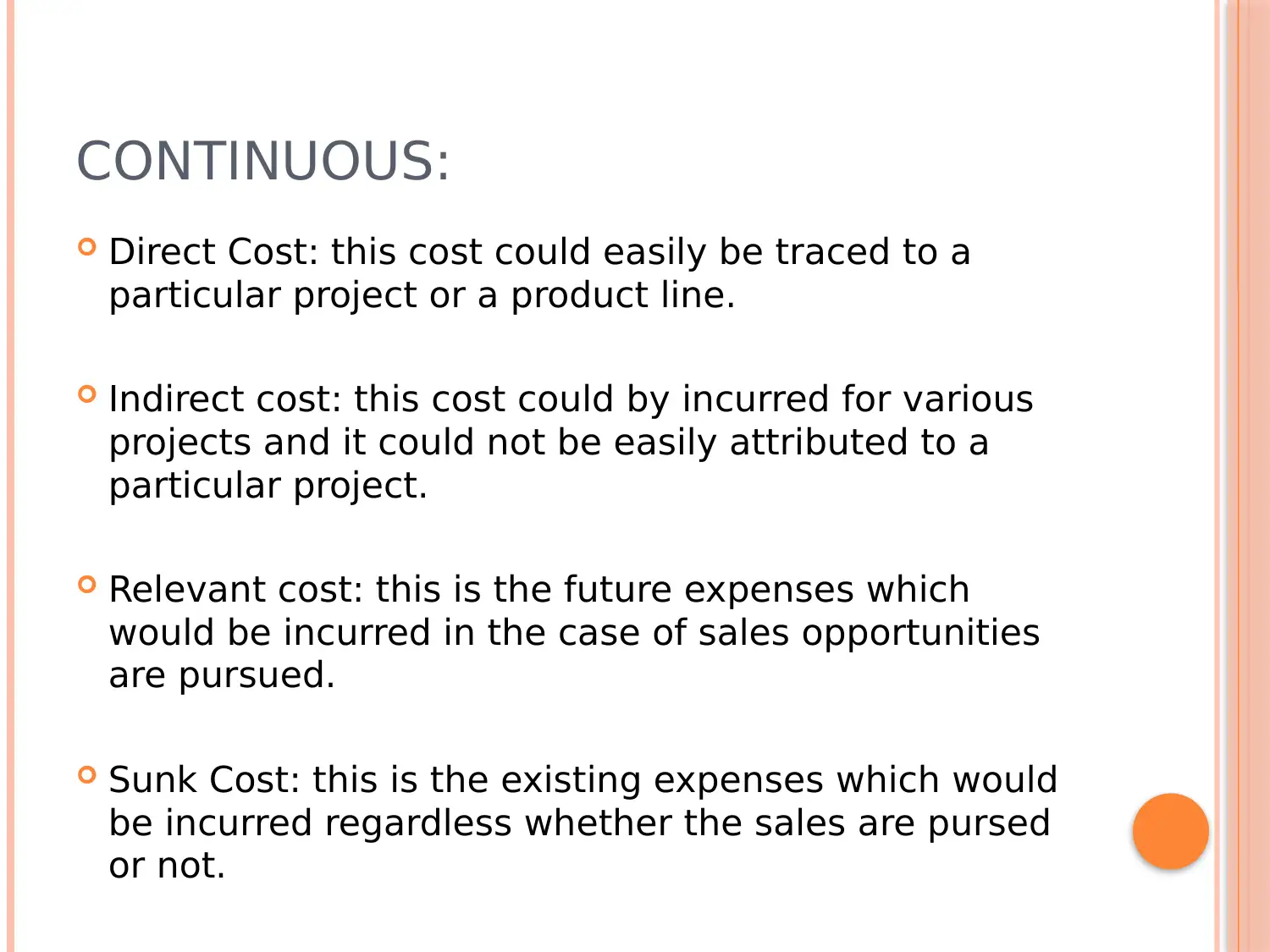
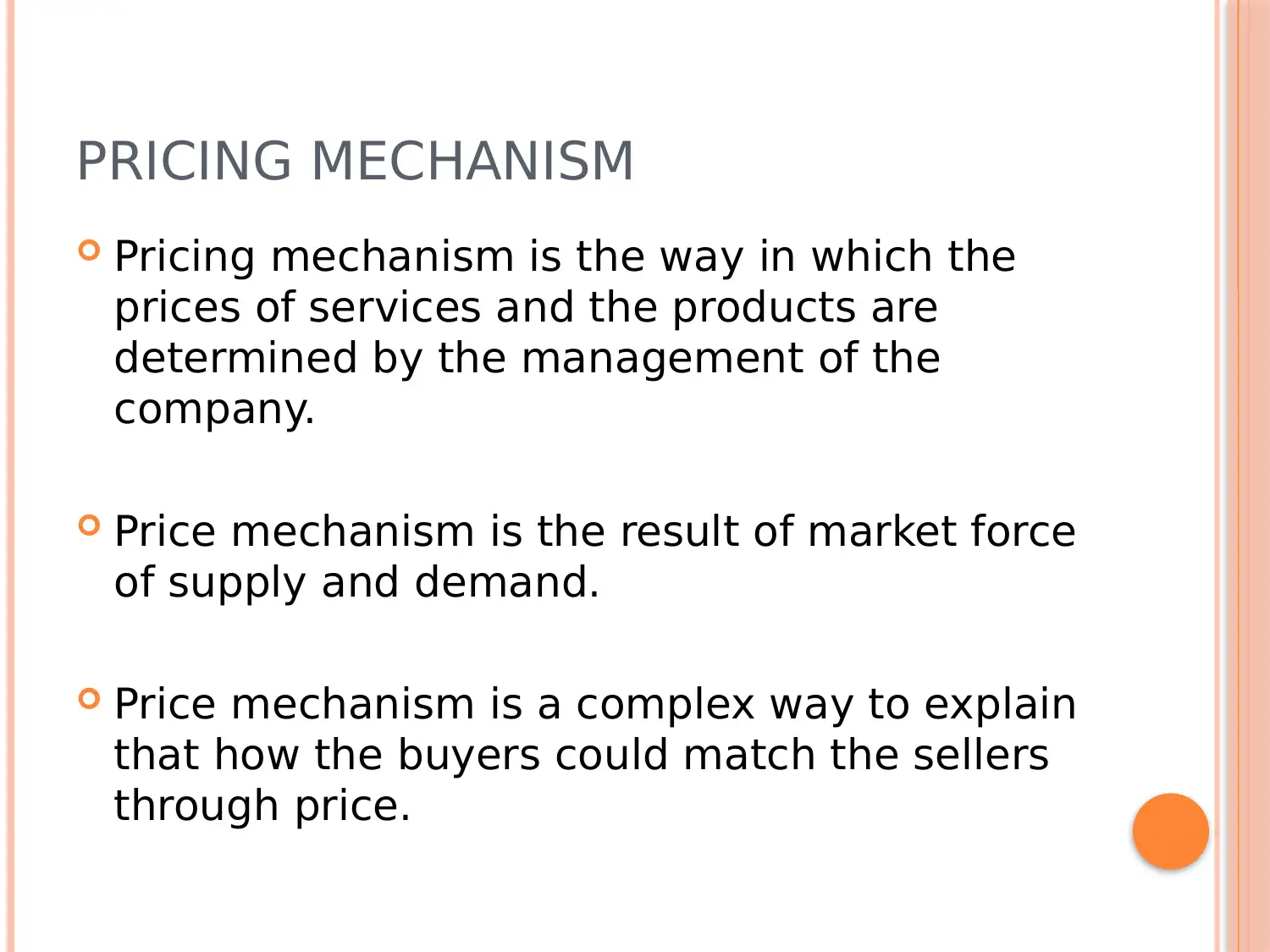
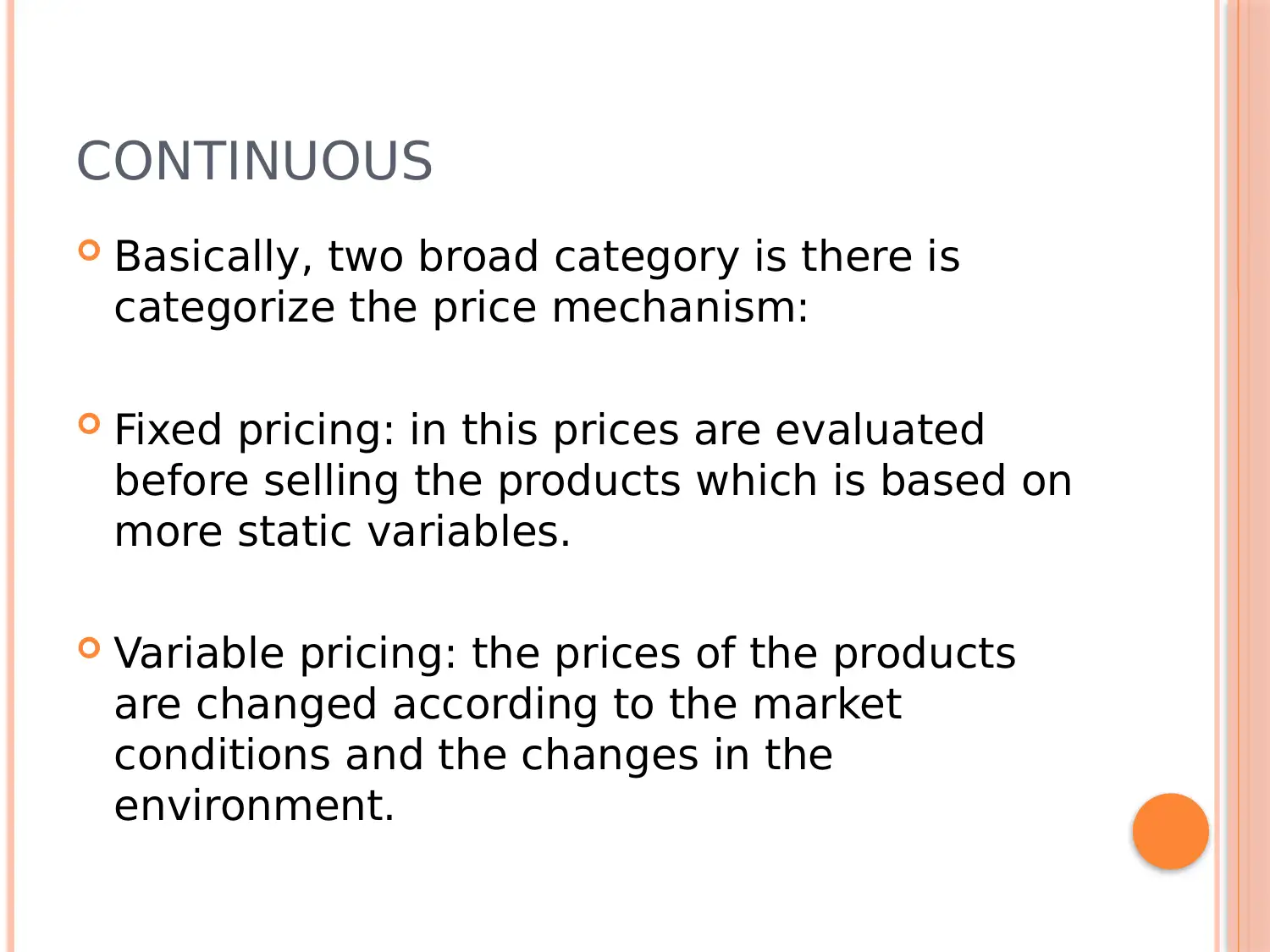
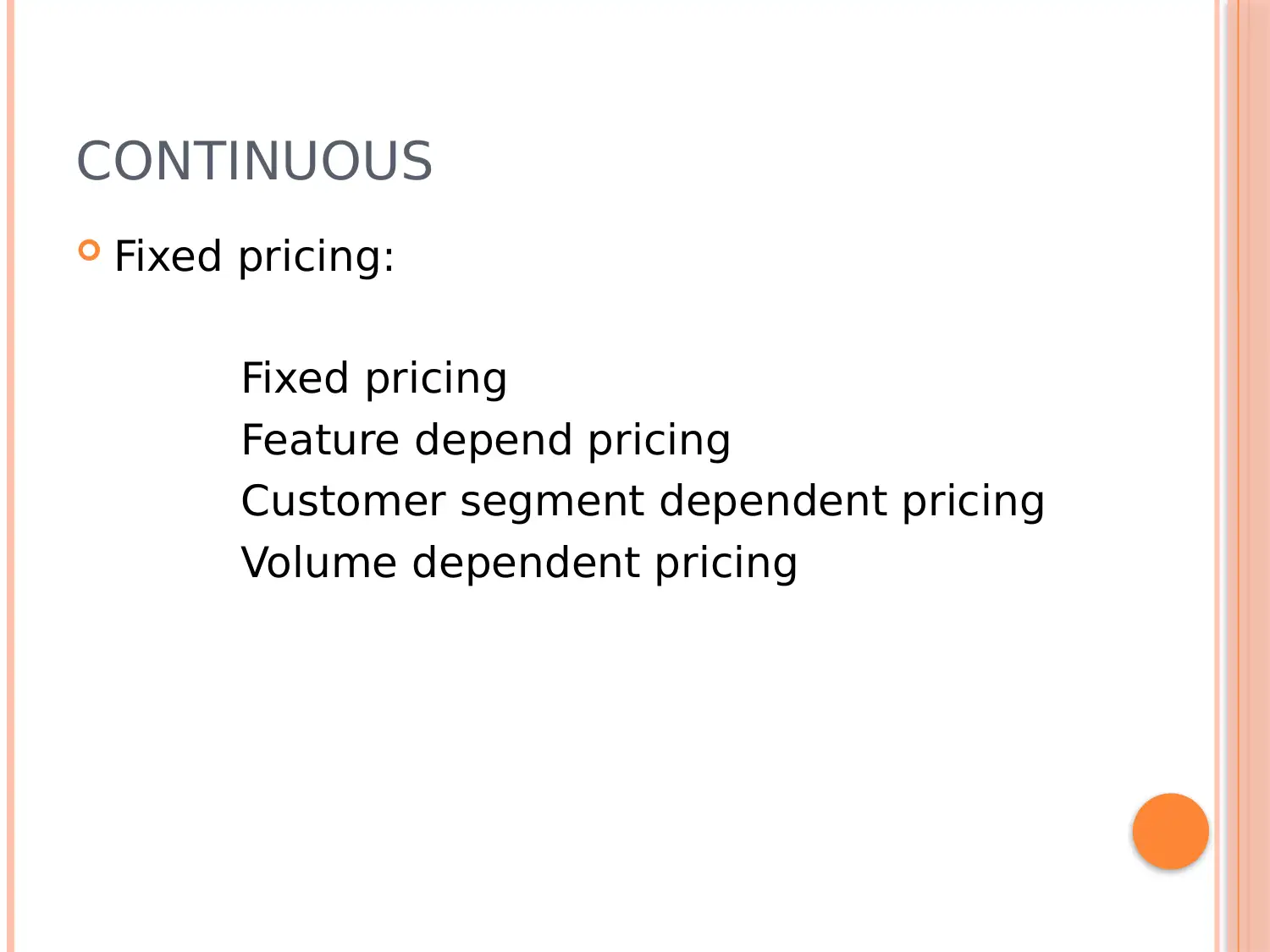
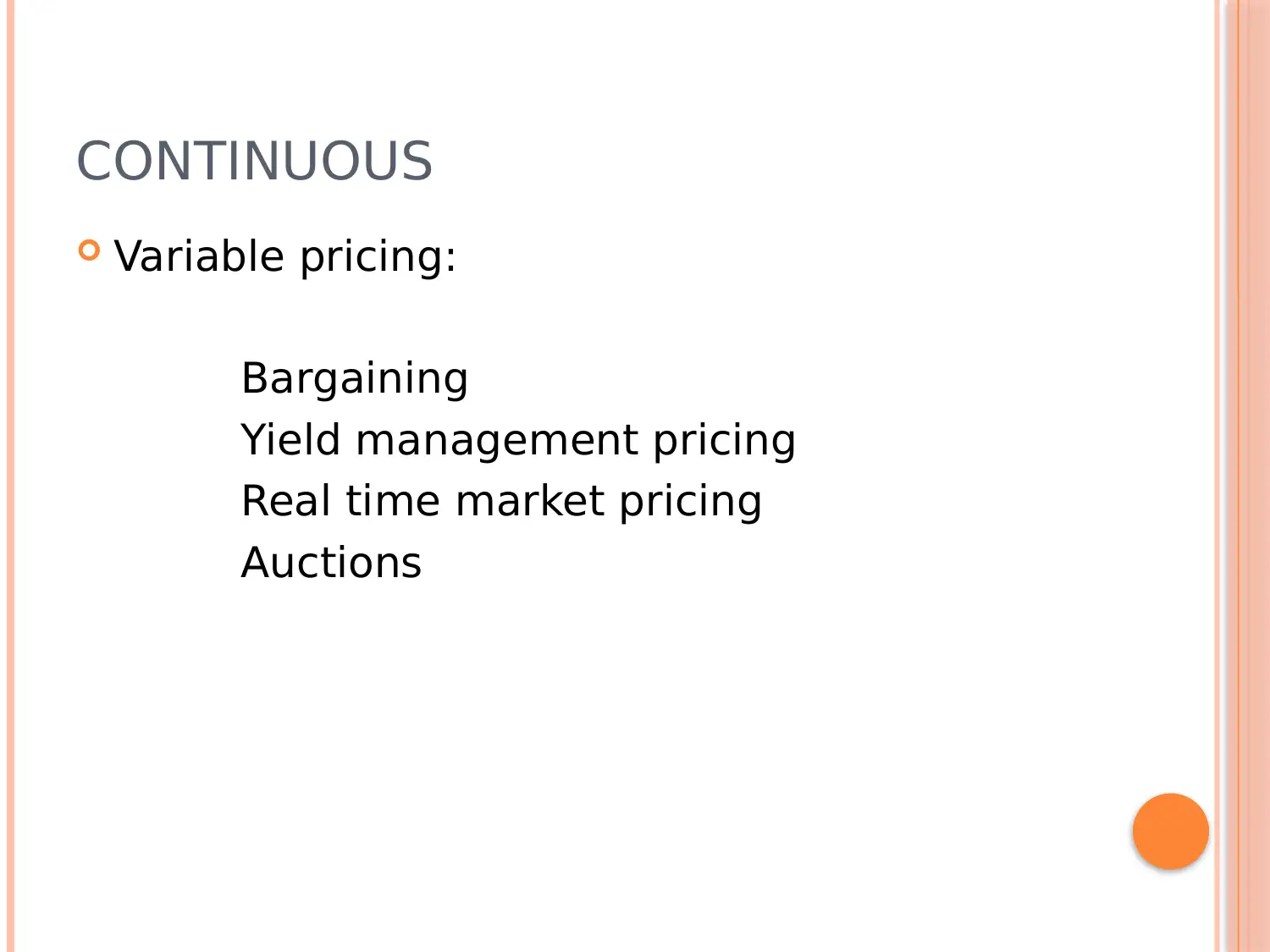
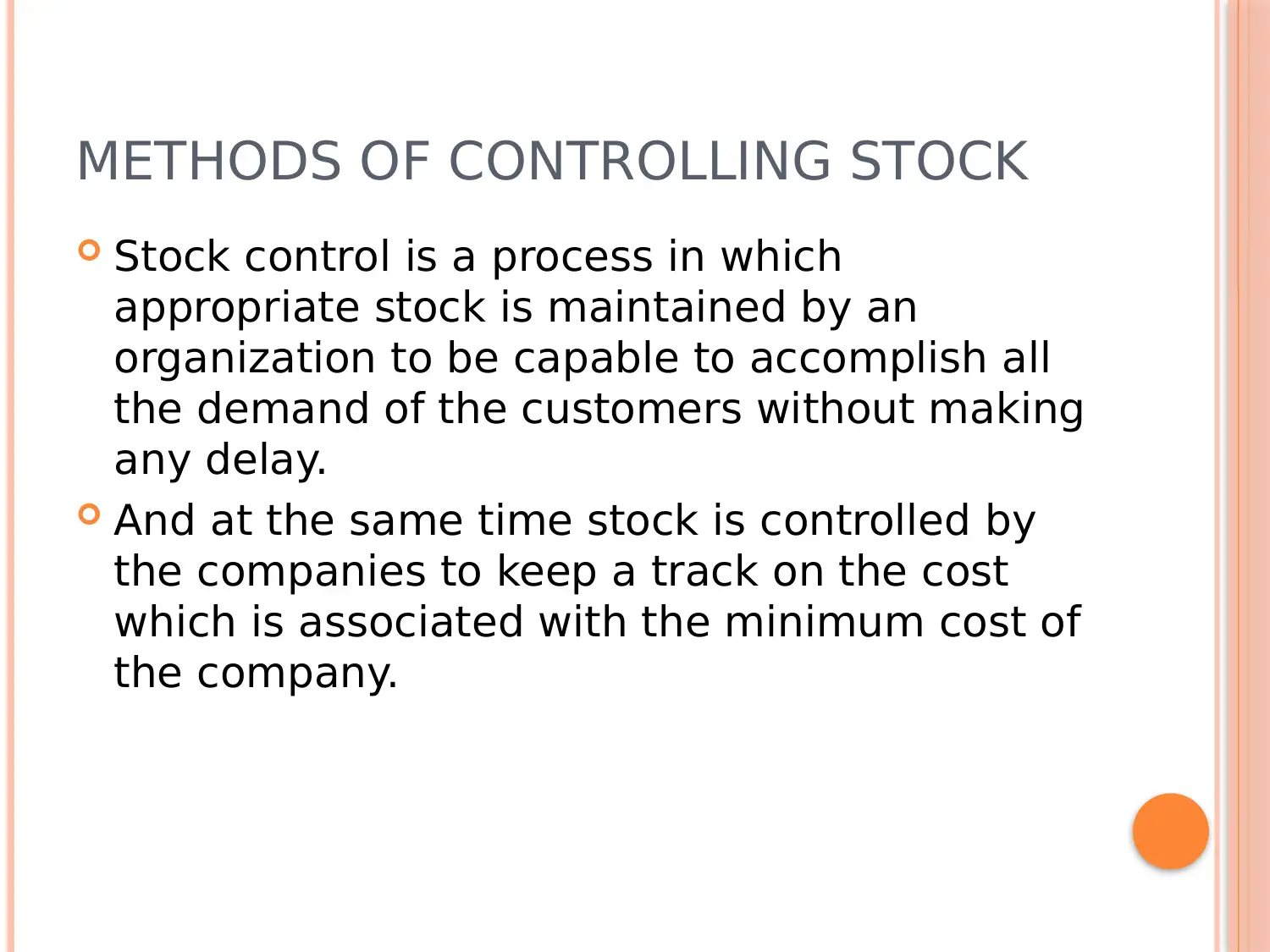






![[object Object]](/_next/static/media/star-bottom.7253800d.svg)